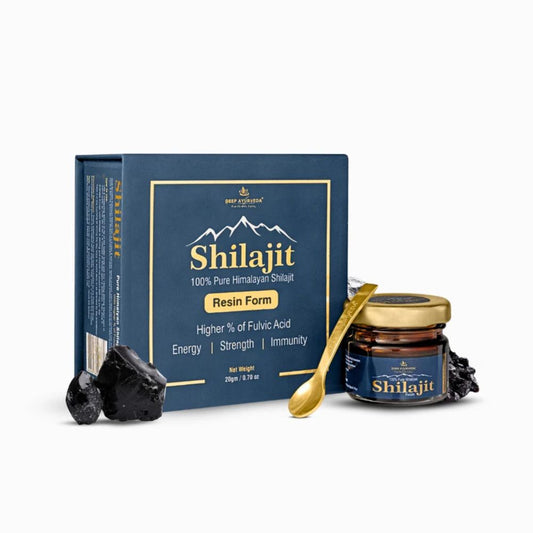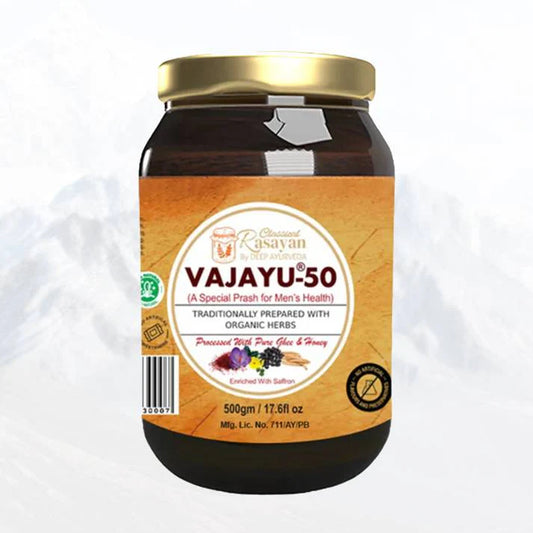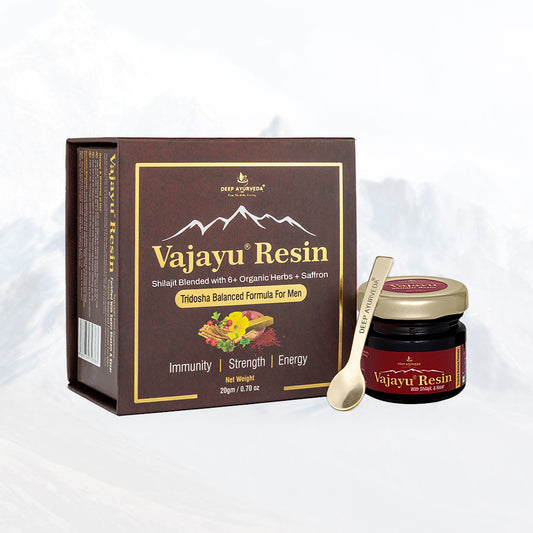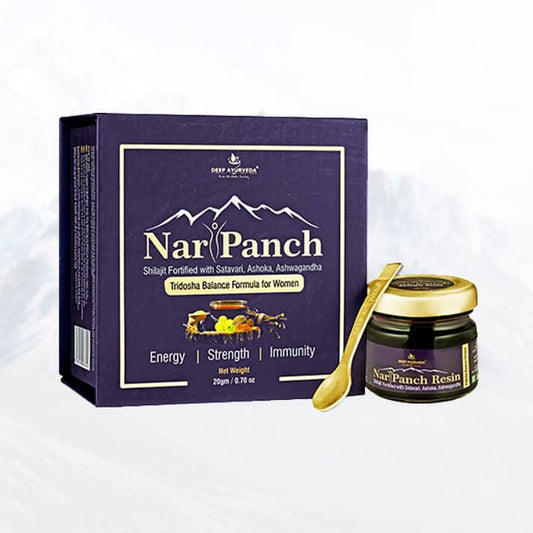Introduction
Sciatica, known as Gridhrasi in Ayurveda, is a painful condition caused by irritation or compression of the sciatic nerve. It typically manifests as radiating pain from the lower back through the buttocks and down the legs. In Ayurveda, sciatica is viewed as a Vata disorder, sometimes combined with Kapha imbalance. Fortunately, Ayurvedic remedies for sciatica offer holistic and long-term relief through herbal medicine, diet, therapies, and lifestyle changes.
In this blog, we explore 5 Ayurvedic treatments for sciatica that can help manage pain naturally and restore balance to the body.
1. Panchakarma Therapy for Detoxification
One of the most effective Ayurvedic treatments for sciatica is Panchakarma, a detoxification process that removes toxins (ama) and balances the doshas. The therapies used include:
-
Basti (medicated enema): nourishes and lubricates the colon, which is the seat of Vata.
-
Kati Basti: A warm oil treatment for the lower back that soothes nerve pain and relaxes muscles.
-
Abhyanga: Full-body Ayurvedic oil massage using warm, herbal oils.
Why it works: Panchakarma helps eliminate toxins, reduce inflammation, and calm aggravated Vata—the primary cause of nerve-related disorders like sciatica.
2. Ayurvedic Herbs for Nerve Pain
Several Ayurvedic herbs for sciatica have anti-inflammatory and nerve-strengthening properties:
-
Ashwagandha: Reduces inflammation and strengthens muscles.
-
Guggulu (especially Yogaraj Guggulu): Detoxifies tissues and relieves joint and nerve pain.
-
Rasna: Relieves stiffness and pain in the lower back.
-
Shallaki (Boswellia): Powerful natural anti-inflammatory.
How to use: These herbs can be taken in powder, tablet, or decoction form under the supervision of an Ayurvedic practitioner.
3. Ayurvedic Diet for Sciatica Relief
A Vata-pacifying diet is essential to manage sciatica naturally in Ayurveda. The goal is to reduce dryness and coldness in the body.
Recommended foods:
-
Warm, cooked meals with ghee and spices
-
Root vegetables like sweet potato and carrots
-
Herbal teas with ginger, cumin, or fennel
Avoid:
-
Cold, raw, or dry foods
-
Excessive caffeine or processed snacks
-
Nightshades (like tomatoes and potatoes) if inflammation is high
Why it works: A Vata-friendly diet soothes the nervous system and improves digestion, both critical for long-term back pain relief in Ayurveda.
4. Ayurvedic Oils for External Application
Ayurvedic massage oils for sciatica provide localized relief by penetrating deep into the tissues and calming the irritated nerve.
Top oils for sciatica:
-
Mahanarayan Taila: A classic oil for muscle and joint pain
-
Dhanwantharam Tailam: Balances Vata and promotes nerve health
-
Kottamchukkadi Taila: Effective in reducing pain and stiffness
How to apply: Warm the oil slightly and massage gently into the affected area once or twice a day. Follow with a hot compress for deeper absorption.
5. Yoga and Lifestyle in Ayurveda for Sciatica
Gentle yoga postures and lifestyle changes help restore balance and improve flexibility, essential for long-term Ayurvedic treatment of sciatica.
Recommended yoga poses:
-
Bhujangasana (Cobra Pose)
-
Setu Bandhasana (Bridge Pose)
-
Makarasana (Crocodile Pose)
Lifestyle tips:
-
Maintain a regular sleep schedule
-
Avoid long periods of sitting or cold exposure
-
Practice meditation and deep breathing for Vata balance
Why it works: A balanced lifestyle reduces stress, improves circulation, and prevents further Vata aggravation—key in managing sciatica in Ayurveda.
Conclusion
Ayurveda offers a deeply holistic approach to sciatica relief, focusing on balancing the body's energies and treating the root cause. Whether it's detoxifying through Panchakarma, using Ayurvedic herbs for nerve pain, following a Vata-balancing diet, or applying healing oils—these remedies work in synergy to provide natural, sustainable healing.
Before starting any Ayurvedic treatment, consult with a qualified Ayurvedic doctor to personalize the remedies based on your dosha and condition.







